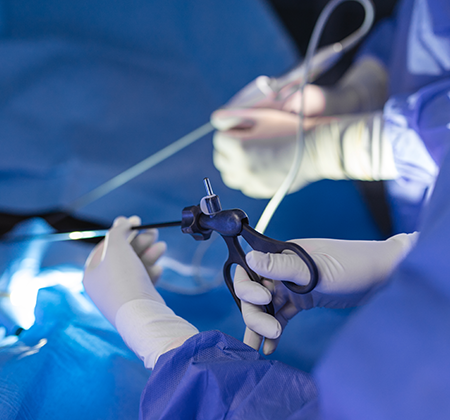1. Laparoscopic Hysterectomy
A laparoscopic hysterectomy is the surgical removal of the uterus using a laparoscope — a thin, lighted tube inserted through small incisions in the abdomen.
Types:
- Total Laparoscopic Hysterectomy (TLH) : Removes uterus and cervix.
- Laparoscopic Supracervical Hysterectomy (LSH) : Removes uterus, leaves cervix.
- Laparoscopic-Assisted Vaginal Hysterectomy (LAVH) : Combines laparoscopy with vaginal approach.
Indications
- Uterine fibroids
- Heavy or irregular bleeding
- Endometriosis
- Uterine prolapse
- Cancer (uterine, cervical, early-stage)
2. Laparoscopic Ovarian Surgeries
Laparoscopic ovarian surgery involves using small incisions to access and treat conditions affecting the ovaries.
Common Procedures:
- Ovarian Cystectomy : Removal of cysts while preserving the ovary.
- Oophorectomy : Removal of one or both ovaries.
- Salpingo-oophorectomy : Removal of the ovary and fallopian tube.
- Ovarian drilling : For polycystic ovary syndrome (PCOS).
